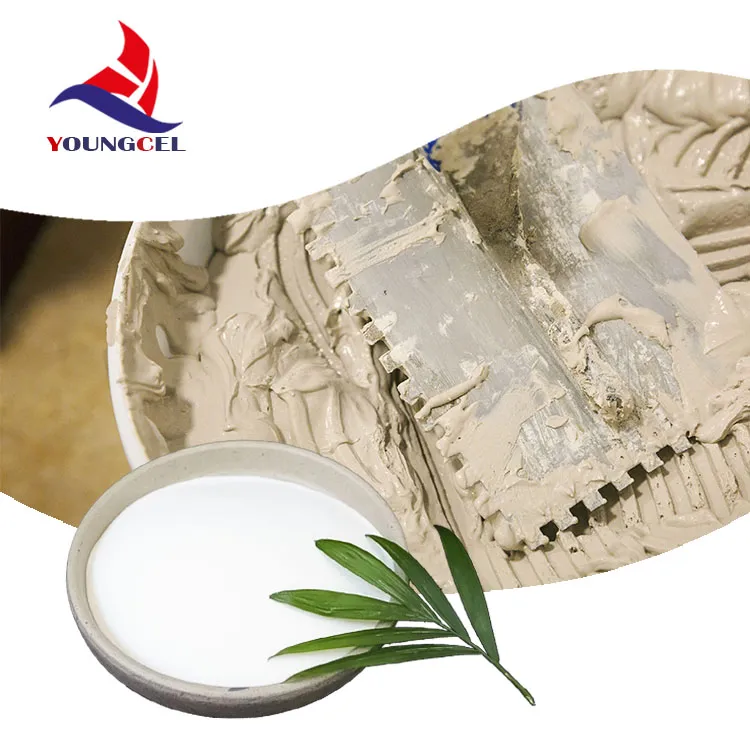The Role of Cellulose Paint Thickeners in Coating Formulations
Cellulose-based thickeners have gained significant popularity in the coatings industry for their effectiveness and versatility. Understanding the role and benefits of cellulose paint thickeners is crucial for formulators looking to enhance the performance of their products. This article explores the functions, advantages, and applications of cellulose thickeners in paint formulations.
What Are Cellulose Paint Thickeners?
Cellulose paint thickeners are derived from cellulose, the most abundant organic polymer found in plant cell walls. These thickeners are modified to enhance their thickening properties while maintaining the inherent characteristics of cellulose. The most common types of cellulose thickeners used in coatings include hydroxypropyl methylcellulose (HPMC), carboxymethyl cellulose (CMC), and ethyl cellulose. Each type has unique properties, allowing formulators to choose the best option based on specific application needs.
Functions of Cellulose Thickeners
1. Viscosity Control One of the primary functions of cellulose thickeners is to control the viscosity of paint formulations. By increasing the thickness, these thickeners help achieve the desired flow properties, preventing sagging and ensuring even coverage during application. This is particularly important for paints that need to be applied in a uniform layer, such as in flat or semi-gloss finishes.
2. Stabilization Cellulose thickeners play a crucial role in stabilizing paint formulations, especially those that contain a mix of water and oil components (emulsions). They help to maintain an even distribution of pigments and fillers, reducing the likelihood of separation over time.
3. Improved Texture The use of cellulose thickeners can significantly enhance the texture of paint. Formulators can adjust the thickness to create different finishes, ranging from smooth to more textured surfaces, depending on the desired outcome. This flexibility allows for creative applications in decorative paints.
4. Reduction of Splash and Drip Paint formulations that utilize cellulose thickeners exhibit reduced splash and drip during application. This not only leads to less mess but also improves the overall experience for the user, making it easier to achieve clean, precise lines.
cellulose paint thickener

Advantages of Cellulose Thickeners
1. Environmentally Friendly As cellulose is derived from natural sources, cellulose thickeners are often considered more environmentally friendly compared to synthetic alternatives. This aligns with the growing demand for sustainable and eco-friendly formulations in the coatings industry.
2. Non-Toxic Cellulose thickeners are generally non-toxic, making them suitable for use in residential applications where safety is a primary concern. This is particularly valuable for products intended for indoor use, where volatile organic compounds (VOCs) are a significant consideration.
3. Cost-Effective Despite their numerous benefits, cellulose thickeners are often more affordable than other thickening agents, allowing formulators to maintain cost efficiency while enhancing product performance.
4. Compatibility Cellulose thickeners are compatible with a variety of solvents and resins, making them versatile for different types of paint formulations, including water-based, solvent-based, and even latex paints. This broad compatibility helps formulators meet diverse consumer needs.
Applications of Cellulose Thickeners
Cellulose paint thickeners are employed across a wide range of applications. From interior and exterior wall paints to industrial coatings and decorative finishes, cellulose thickeners contribute to improved performance in all these areas. They are also used in specialty coatings, such as marine finishes and automotive paints, where durability and surface quality are paramount.
Conclusion
Cellulose paint thickeners are an invaluable component of modern paint formulations. Their ability to enhance viscosity, stabilize components, and improve overall performance makes them a favorite among formulators. Moreover, their environmental benefits, non-toxicity, and compatibility with various formulations align perfectly with the industry's movement towards safer and more sustainable products. As the demand for high-quality paints continues to grow, the role of cellulose thickeners in achieving these goals will undoubtedly remain significant.
-
The Application and Significance of Construction RdpNewsMay.19,2025
-
Industrial Grade HpmcNewsMay.19,2025
-
Building Coating Adhesive Building Coating Adhesive HpmcNewsMay.19,2025
-
Application Of Hpmc For Detergent For Detergent In DetergentsNewsMay.19,2025
-
Application Of Hpmc Cellulose In Cement-Based MaterialsNewsMay.19,2025
-
Application Of High Quality Hpmc For Construction In The Field Of ConstructionNewsMay.19,2025




